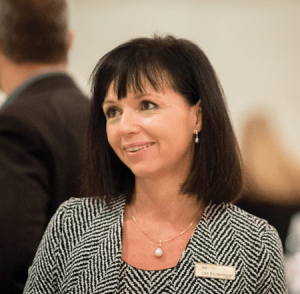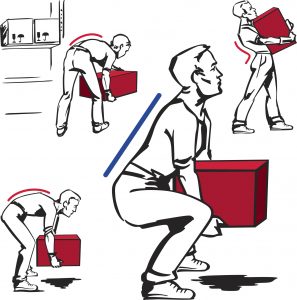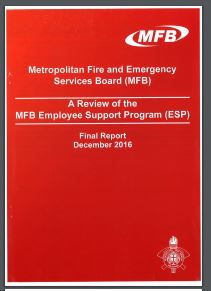 As part of the research for a recent article on Gender and Occupational Health and Safety (OHS) SafetyAtWorkBlog was able to interview Lisa Griffiths, Chief Executive Officer of OzChild and former General Manager Health and Safety at WorkSafe Victoria. Gender equality and diversity may no seem to be an OHS issue but it is a vital element of the legislative obligation to consult and the business imperative of making that decision-making process to be a robust and effective as possible. Too many past decisions have come from group-think and “yes men” and diversity of thought through diversity of person is desperately needed in modern safety management.
As part of the research for a recent article on Gender and Occupational Health and Safety (OHS) SafetyAtWorkBlog was able to interview Lisa Griffiths, Chief Executive Officer of OzChild and former General Manager Health and Safety at WorkSafe Victoria. Gender equality and diversity may no seem to be an OHS issue but it is a vital element of the legislative obligation to consult and the business imperative of making that decision-making process to be a robust and effective as possible. Too many past decisions have come from group-think and “yes men” and diversity of thought through diversity of person is desperately needed in modern safety management.
Below are some of the questions put to her, and her responses Continue reading “Gender diversity and effective decision making”





